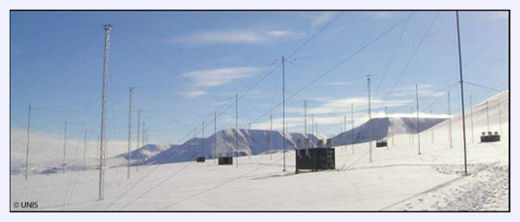OF THE
TIMES
I've had enough of someone else's propaganda. I'm for truth, no matter who tells it. I'm for justice, no matter who it's for or against. I'm a human being first and foremost, and as such I am for whoever and whatever benefits humanity as a whole.
Perhaps some people may understand now why the Zionists have said long ago: constant remembrance of the holocaust is necessary in order to bring...
This should pinpoint some things [Link]
Well the Israelis are doing a pretty good job of chanting slogans Like Kill all the Gazan's and kill all the Iranians. What's the difference. The...
"To The Last Ukrainian" Sep, 2023 . [Link]
They hate people have an alternative information source they have no control of.
To submit an article for publication, see our Submission Guidelines
Reader comments do not necessarily reflect the views of the volunteers, editors, and directors of SOTT.net or the Quantum Future Group.
Some icons on this site were created by: Afterglow, Aha-Soft, AntialiasFactory, artdesigner.lv, Artura, DailyOverview, Everaldo, GraphicsFuel, IconFactory, Iconka, IconShock, Icons-Land, i-love-icons, KDE-look.org, Klukeart, mugenb16, Map Icons Collection, PetshopBoxStudio, VisualPharm, wbeiruti, WebIconset
Powered by PikaJS 🐁 and In·Site
Original content © 2002-2024 by Sott.net/Signs of the Times. See: FAIR USE NOTICE

Interesting that this article refers to a subject I'm trying to understand and connect some dots with, that is EM fields and how they resonate with our DNA/consciousness.
I’m wondering if the EM frequency transmission/broadcast of the DNA, could be said to be the soul/sub-conscious, and that the brain acts as a transmitter/receiver broadcasting array, arrayed according to our neural network to form a separate EM frequency to that of the DNA in most cases. This forms what could be described as a wave-guide probe in a capacity resonator, only it’s resonating out of synch with our natural DNA/soul resonance? What would happen if our conscious EM frequency, matched our sub-conscious/soul/DNA EM frequencies, would they resonate and what could be an effect of this resonating duality if enough of us resonated like this at once, would we possibly act as a counter frequency to counter the degrading EM frquencies around us?